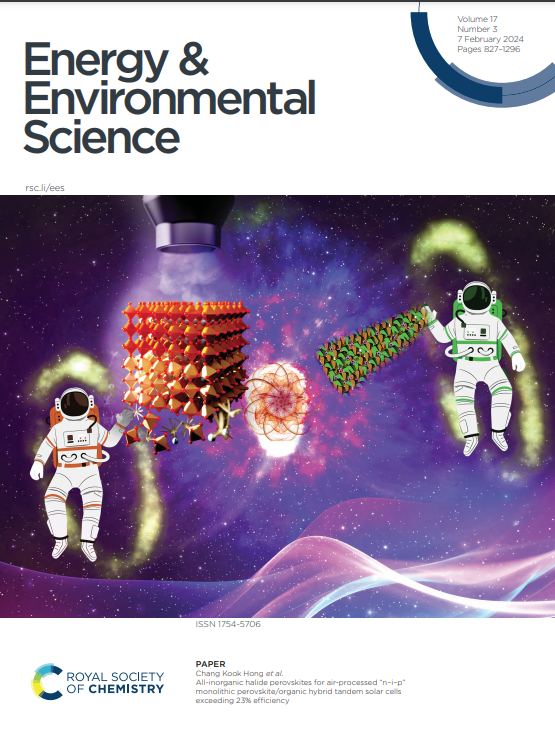Aging matrix visualizes complexity of battery aging across hundreds of cycling protocols
IF 32.4
1区 材料科学
Q1 CHEMISTRY, MULTIDISCIPLINARY
引用次数: 0
Abstract
To reliably deploy lithium-ion batteries, a fundamental understanding of cycling aging behavior is critical. Battery aging consists of complex and highly coupled phenomena, making it challenging to develop a holistic interpretation. In this work, we generate a diverse battery cycling dataset with a broad range of degradation trajectories, consisting of 359 high energy density commercial Li(Ni,Co,Al)O2/graphite + SiOx cylindrical 21 700 cells cycled across 207 unique cycling protocols. We consolidate aging via 16 mechanistic state-of-health (SOH) metrics, including cell-level performance metrics, electrode-specific capacities/state-of-charges (SOCs), and aging trajectory metrics. We develop a framework using interpretable machine learning and explainable features to generate an aging matrix that visually deconvolutes the complex battery degradation behavior. This generalizable data-driven mechanistic framework simplifies the complex interplay between cycling conditions, degradation modes, and SOH, acting as a hypothesis-generation tool to aid battery users in identifying key degradation regimes for further study and experimentation.

老化矩阵显示了数百种循环协议中电池老化的复杂性
为了可靠地部署锂离子电池,对循环老化行为的基本理解至关重要。电池老化是由复杂且高度耦合的现象组成的,因此很难做出全面的解释。在这项工作中,我们生成了一个具有广泛降解轨迹的多样化电池循环数据集,包括359个高能量密度商用Li(Ni,Co,Al)O2/石墨+ SiOx圆柱形21,700个电池,在207种独特的循环方案中循环。我们通过16个机械健康状态(SOH)指标来整合老化,包括细胞级性能指标、电极特定容量/电荷状态(soc)和老化轨迹指标。我们开发了一个框架,使用可解释的机器学习和可解释的特征来生成一个老化矩阵,该矩阵可以直观地解卷积复杂的电池退化行为。这种可推广的数据驱动机制框架简化了循环条件、降解模式和SOH之间复杂的相互作用,作为一种假设生成工具,帮助电池用户确定关键的降解机制,以进行进一步的研究和实验。
本文章由计算机程序翻译,如有差异,请以英文原文为准。
求助全文
约1分钟内获得全文
求助全文
来源期刊

Energy & Environmental Science
化学-工程:化工
CiteScore
50.50
自引率
2.20%
发文量
349
审稿时长
2.2 months
期刊介绍:
Energy & Environmental Science, a peer-reviewed scientific journal, publishes original research and review articles covering interdisciplinary topics in the (bio)chemical and (bio)physical sciences, as well as chemical engineering disciplines. Published monthly by the Royal Society of Chemistry (RSC), a not-for-profit publisher, Energy & Environmental Science is recognized as a leading journal. It boasts an impressive impact factor of 8.500 as of 2009, ranking 8th among 140 journals in the category "Chemistry, Multidisciplinary," second among 71 journals in "Energy & Fuels," second among 128 journals in "Engineering, Chemical," and first among 181 scientific journals in "Environmental Sciences."
Energy & Environmental Science publishes various types of articles, including Research Papers (original scientific work), Review Articles, Perspectives, and Minireviews (feature review-type articles of broad interest), Communications (original scientific work of an urgent nature), Opinions (personal, often speculative viewpoints or hypotheses on current topics), and Analysis Articles (in-depth examination of energy-related issues).
 求助内容:
求助内容: 应助结果提醒方式:
应助结果提醒方式:


